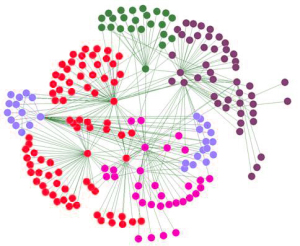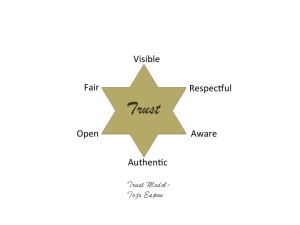“The Rise of HR: Wisdom from 73 Thought Leaders,” is a recent anthology published by the HR Certification Institute in collaboration with Dave Ulrich, Professor, University of Michigan and Co-founder of The RBL Group, Bill Schiemann, CEO, Metrus Group, Inc. and Libby Sartain, Business Advisor and Board Member.
As I was reading through few chapters, I thought it would be worthwhile to attempt consolidating the following ten themes from leading HR voices (relevant chapters indicated under ‘References’ below).
- The HR professional of today is more likely to be a talent expert, a technology expert and a consultant. They must focus on 3 categories of skills: how to recruit, develop, and manage people; how to organize, enable and improve the organization; and how to manage, leverage, and exploit data and technology.
- Getting the transformational change process right in an organization means attending to the Structural, Cultural and Human elements. All change requires an expenditure of physical, emotional and cognitive resources that should be prioritized like any other organizational asset.
- HR leaders need to be conductors of the organizational orchestra, by coordinating the orchestra and being comfortable balancing the various tensions (individual versus firm, star versus supporting players, timing, and flow). Three key elements underlying the new HR are talent, data and strategy, and require an ability to coordinate alignment across different levels of organizational hierarchy.
- HR professionals will need to spend more time thinking about and developing strategies for operating in what has become a transparent world. More than ever before, HR professionals have to approach their role by constantly reminding their organization to consider the question: What would happen if an employee or customer saw this, or if this appeared on the front page of the newspaper?
- Creation of an employer brand is as important as our corporate brand – and thus HR and marketing should be attached at the hip. In this age of transparency, employees are the media and HR is essential to marketing, as they deliver on the brand promise day in and day out.
- In any business dialogue, an HR professional can proffer three unique contributions – Talent, Leadership and Organization. Three dimensions of competitive organization are organizational capabilities (what the organization is known for, good at doing, how it allocates resources), culture (pattern of how people think and act) and management actions (intellectual, behavioral and process agendas).
- Culture is the catalyst that connects executive leadership goals to HR goals and creates a perpetual winning environment. Great cultures are created through everyday relationships that employees have with leaders, their work and with one another.
- Success in any field is based on two characteristics: long term resilience and the ability to be centered, or “in the zone” more frequently. This resilience center spans five aspects of our lives: our emotions, our physical selves, our spirits, our finances and our relationships.
- Workforce metrics is strategically important for firms because the workforce is most firms’ single largest expenditure – and the least scrutinized in assessing its impact on value creation. HR must focus on delivering outcomes that enable top-line growth through the firm’s strategic mindset and by leveraging the performance of individual roles that impact value creation and top-line growth.
- Forward-thinking HR organizations choose their leadership arenas carefully, letting others take the lead when trends are new to HR, and taking a leadership role as HR becomes more involved. It means gaining credibility with functional partners from other disciplines so that they welcome the involvement of HR in their domain and are willing to help translate and apply their expertise to HR issues.
Hope these are helpful notes for valuable reflection, action and further reading for HR professionals around the world. A strong community of highly capable and committed HR professionals, leaders and organizations is fundamental for the rise of HR and its future evolution.
References
* Book Website – http://hrleadsbusiness.org/rise-of-hr-e-book
1. HR’s Role In The Digital Workplace: A Time For Reinvention, Josh Bersin
2. The Case For Change Capability: How HR Can Step Up…, Holly Burkett
3. The Reluctant HR Champion?, Robert Ployhart
4. HR And Transparency, Susan Meisinger
5. Think Like A Marketer!, Libby Sartain
6. From War For Talent To Victory Through Organization, Dave Ulrich
7. CEOs Want Better Performance. Great Culture Can Make It Happen, China Gorman
8. Finding Our Resilient Center, William G. Ingham
9. HR Analytic And Metrics: Scoring On The Business Scorecard, Richard W. Beatty
10. Avoiding The “Profession” Trap By Reaching Out And Retooling HR, John W. Boudreau








Recent Comments